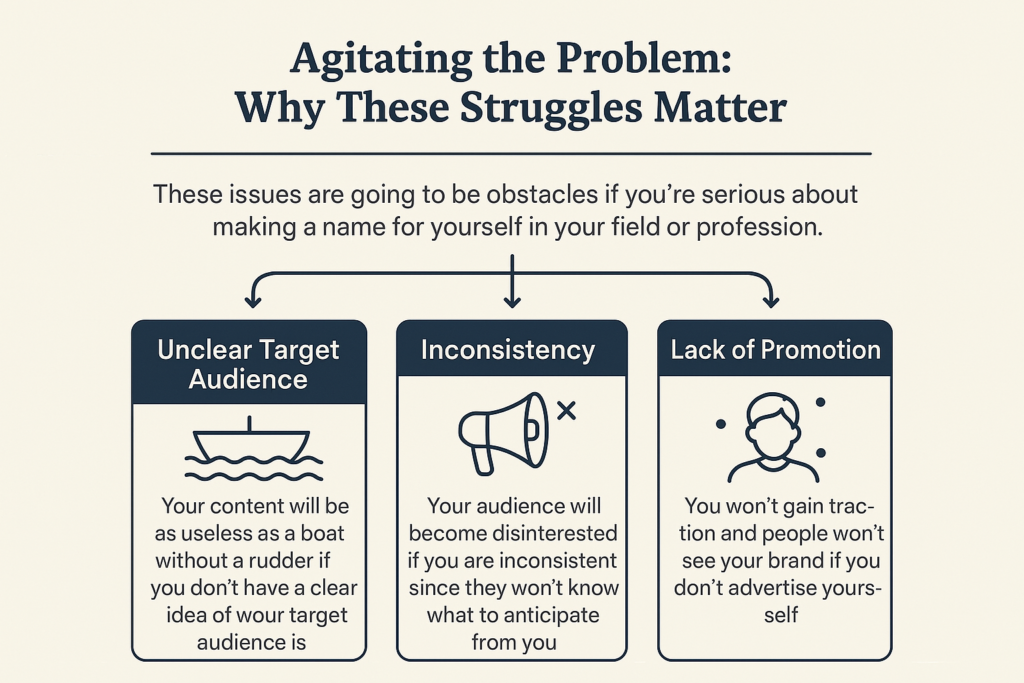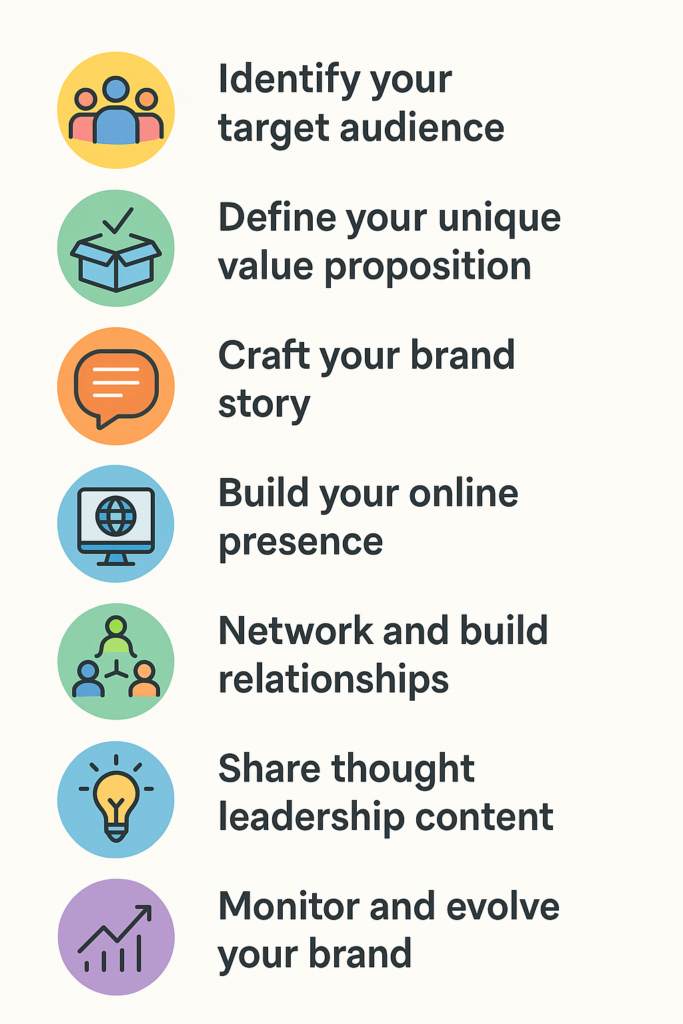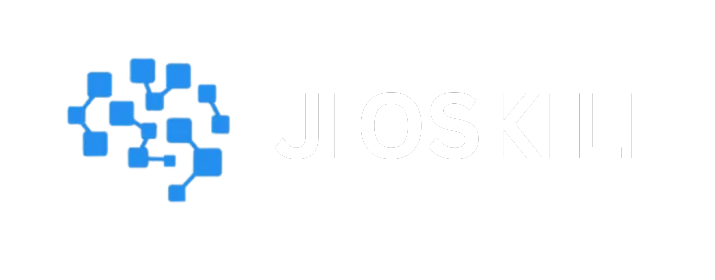Currently Empty: ₹0.00
How to Build Your Personal Brand Online: A Complete Guide
Building an online personal brand is becoming more of a need than a luxury in the present digital world. A strong personal brand may help you stand out in a competitive employment market, whether you are a freelancer, small business owner, or just someone looking to make an impression. However, how does one go about making one?
This blog post will explain how to use the PAS framework (Problem-Agitate-Solution) to develop a personal brand. This tactic has been successful in marketing and can assist you in creating an engaging story for your own business.
Let’s get started. You’ll discover how to develop a personal brand that appeals to your target market, establishes your credibility, and eventually establishes you as an authority in your industry.
1. The Issue:
- The Issue The Items Most People Discover Building a Personal Brand Is Hard
It takes time to develop a personal brand. It is simple to believe that people are overcrowded, that there is too much noise online, and that developing a personal brand necessitates good fortune or star status. Keeping up with all the authorities, influencers, and self-proclaimed experts may seem unachievable.
Lack of clarity is a big issue that many people deal with. They are either unaware of their identity, their values, or the audience they are addressing. Building an engaged audience is practically impossible without a clear message. The vast array of platforms and content kinds is another issue. It can be challenging to choose where to concentrate your efforts amongst TikTok, LinkedIn, blogging, and podcasting.
Let’s break down some common struggles that make it harder for people to build a strong online presence:
1.1. Confusion About Target Audience
Many people start their personal branding journey without a clear understanding of who their audience is. They may aim to reach “everyone” or fail to narrow down their target demographic. This leads to scattered content that doesn’t engage anyone deeply.
1.2. No Consistency in Content Creation
Personal brands thrive on consistency. But many people struggle to consistently produce valuable content. One of the reasons for this is not having a content strategy or feeling unsure about what content to produce.
1.3. Fear of Self-Promotion
Promoting yourself online can feel awkward. It’s hard to talk about your expertise without coming across as boastful or arrogant. But the truth is, if you don’t share your story and knowledge, no one will ever know what you have to offer.
2. Agitating the Problem: Why These Struggles Matter

These issues are going to be obstacles if you’re serious about making a name for yourself in your field or profession. Your content will be as useless as a boat without a rudder if you don’t have a clear idea of who your target audience is. Your audience will become disinterested if you are inconsistent since they won’t know what to anticipate from you. You won’t gain traction and people won’t see your brand if you don’t advertise yourself.
Here are a few specific instances that highlight the importance of these problems.
Here is concrete proof of the significance of these issues:
- Over 90% of marketers say that consistent content creation is one of the most important aspects of brand success. (Source: HubSpot)
- 70% of buyers are more likely to make a purchase when they feel connected to a personal brand. (Source: Nielsen)
- 60% of job seekers say that building a personal brand online makes them more competitive in the job market. (Source: CareerBuilder)
These numbers show just how important it is to get personal branding right. If you want to be visible and credible, you need to overcome the obstacles of clarity, consistency, and self-promotion. Otherwise, you’re just another face in the crowd.
3. The Solution: How to Build a Personal Brand Online Using PAS
So how do you get from struggling with all of these issues to building a solid personal brand? Let’s break it down using the PAS (Problem-Agitate-Solution) framework.
Step 1: Define Your Brand’s Core
Before you do anything else, you need to define who you are. This is where you focus on getting crystal-clear about your identity and the value you offer.
3.1. Who Are You?
First, you have to answer the basic question: What do you stand for? Write down your core values, your passions, and the areas where you have expertise. If you don’t already have a clear answer, start by asking yourself:
- What do people come to me for help with?
- What problems do I enjoy solving?
- What do I believe in? (Think big picture stuff, like your mission or purpose.)
Case Study: Take a look at Marie Forleo. Before becoming a personal branding powerhouse, she was just a life coach. But she got clear on her message: teaching entrepreneurs how to build businesses and lives they love. Her mission became her brand, and that’s what resonated with her audience.
3.2. Define Your Audience
You’re not creating content for everyone. You need to pinpoint exactly who your target audience is. The more specific you can get, the better. What are their pain points? What do they need help with? What type of content would they find valuable?
For instance, Jay Shetty, a former monk turned motivational speaker, doesn’t just post random inspirational quotes. He shares content aimed at people struggling with mental health and relationships. His content speaks to a specific audience, and that’s why it resonates.
3.3. Build Your Brand Voice
Your brand’s voice is the tone and style of communication that you use in all your content. Are you casual and humorous? Or do you take a more formal, authoritative approach? Your voice needs to reflect both your personality and the preferences of your target audience.
Step 2: Develop Consistent, Valuable Content
Content is the fuel that powers your personal brand. But it’s not just about publishing content regularly—it’s about creating content that offers real value to your audience.
3.4. Choose Your Platforms Wisely
The internet is flooded with platforms, so focus on the ones where your audience hangs out. If you’re targeting business professionals, LinkedIn is a must. If you’re a creative entrepreneur, platforms like Instagram and YouTube are better suited.
Case Study: Gary Vaynerchuk, aka Gary Vee, is a prime example of platform optimization. He’s mastered Instagram, YouTube, and TikTok, leveraging each platform’s strengths. He knows his audience is active on these platforms, so he tailors his content accordingly.
3.5. Create a Content Calendar
Consistency matters. Without a content calendar, you’ll find yourself scrambling for ideas and posting sporadically. Plan ahead and commit to a posting schedule. Whether it’s one blog post a week, three Instagram posts a week, or daily Twitter updates, decide what works for you.
3.6. Focus on High-Quality Content
Content isn’t just about quantity; it’s about quality. Focus on creating content that answers your audience’s questions, solves their problems, or entertains them in a meaningful way. High-quality content positions you as an expert in your field.
For example, Neil Patel, a top digital marketing expert, shares actionable, data-driven content that helps his audience make informed decisions. Whether it’s a blog post, YouTube video, or podcast episode, every piece of content he produces provides value and practical advice.
Step 3: Engage and Build Relationships
Building a personal brand isn’t just about posting content and waiting for the followers to come. It’s about building relationships with your audience.
3.7. Respond to Comments and Messages
Engagement is key to building trust. When people comment on your posts or message you, make it a point to respond. A quick, genuine response shows that you care about your audience.
3.8. Network with Industry Leaders
Personal branding isn’t just about your content—it’s also about the relationships you build. Network with other thought leaders in your space. Attend online events, join relevant groups, and reach out to others for collaborations.
Case Study: Pat Flynn of Smart Passive Income built his personal brand not only through content creation but also by connecting with others in the online business community. His collaborations with other influencers helped boost his visibility and credibility.
3.9. Offer Free Resources
If you really want to cement your status as an authority in your field, offer free resources like eBooks, guides, or webinars. This builds goodwill and gives your audience a reason to trust you.
Step 4: Promote Your Brand

You can create all the content in the world, but if no one sees it, your efforts will go to waste. Self-promotion is essential to building a personal brand.
3.10. Invest in Paid Advertising
If you have the budget, consider running ads on platforms like Instagram, Facebook, or LinkedIn. Ads allow you to reach a larger audience and attract followers who are genuinely interested in what you have to offer.
3.11. Leverage SEO
If you’re blogging or creating video content, make sure your content is optimized for search engines. This increases the chances of your content showing up when people search for topics related to your personal brand.
Building a personal brand online isn’t a sprint—it’s a marathon. It takes time, consistency, and dedication. By following the PAS framework and staying true to your mission, values, and target audience, you’ll gradually grow your personal brand into .
- What am I hoping to gain notoriety for?
Response:
Determine your basic abilities, interests, and values first. “What would I want people to associate me with if my name were mentioned?” Clarity in this area lays the groundwork for your personal brand, whether it be in digital marketing, coaching, design, or leadership. - Who am I trying to reach?
Answer: If your message isn’t appropriate for the right audience, it won’t be heard. Describe your desired audience’s characteristics, interests, online hangouts, and issues they need resolved. This makes it easier to produce material that appeals to them directly.
- What channels ought I to be active on?
Avoiding attempting to be everywhere is the solution. Select one or two platforms that are often used by your target demographic. LinkedIn has a lot to offer professionals. On Instagram or TikTok, creatives may thrive. Perhaps thinking leaders prefer Twitter or YouTube. Play to your skills and take cues from your audience. - What voice and aesthetic do I want my brand to have?
You should feel like your brand, is the answer. Do you find humor amusing? Brief and professional? Good and comprehensible? Make sure your tone and visual style (colors, typefaces, and design components) are the same on all platforms and reflect your uniqueness.
- What kind of content will I regularly post?
Your content is how your audience finds out about you. Look for formats including newsletters, reels, carousels, blog posts, and videos that appear natural. Share tips, observations, lessons learned, and behind-the-scenes pictures to show your expertise and sincerity. - How can I prove what I know?
The solution is to become an authority in your field. Offer case studies, client testimonials, individual successes, recommendations, and instructional resources. Don’t be scared to show that you can solve real-world issues; this is how you build credibility and authority.
- Do I have a compelling story to share?
Facts are important, but people can relate to your story. Why did you start? What challenges have you overcome? What values drive you? Because it increases your relatability and inspires others, include your journey into your brand. - What sets me apart from others in my industry?
The reason is because, although many others follow your example, no one else does it in the same manner. Maybe it’s your story, your approach, your humor, or your upbringing. Accept your uniqueness and utilize it to craft your “brand magic.”







